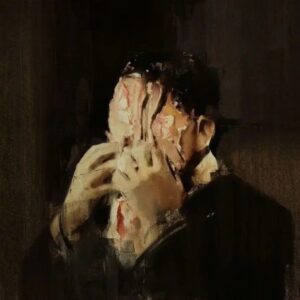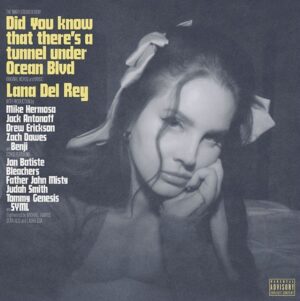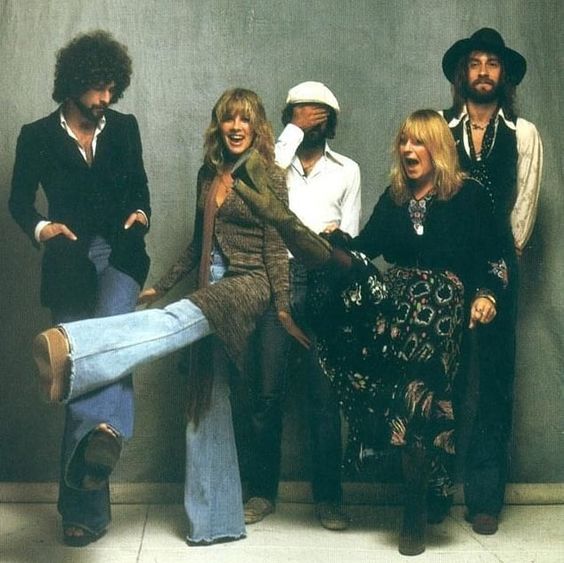Inspired by Suki Waterhouse’s ‘Coolest Place in the World‘
God Exists Between People Homie
Staring at walls in art galleries together,
Sharing an umbrella,
Walking side by side and laughing at old stories.
Mother and daughter walk hand in hand,
Two people, one park bench, no space between them,
Friends buying coffee for each other.
Half an orange for you and half for me,
Sunlight speckled backs and doing your hair for you,
Our camera rolls are polaroids of others’ smiles.
Underlining words in well-loved books for someone else to find,
Train windows and the glimpses they carry,
Sitting together, cross legged on the floor.
Playlists made in your name, one pair of earphones divided,
Fathers teaching us how to tie our shoelaces,
Running fast and stopping to catch our breath, collapsing on top of one another.
Children touching the sky on their swings,
Sitting on the porch and reading a newspaper,
Reading bedtime stories to tell someone they are safe.
Lying on the grass to feel the sun everywhere,
Through your toes and fingers and in your stomach,
Bicycle rides with memories of skinned knees, reduced to bruises.
Humans were bred to love,
And love exists in these spaces,
God exists between people homie.






